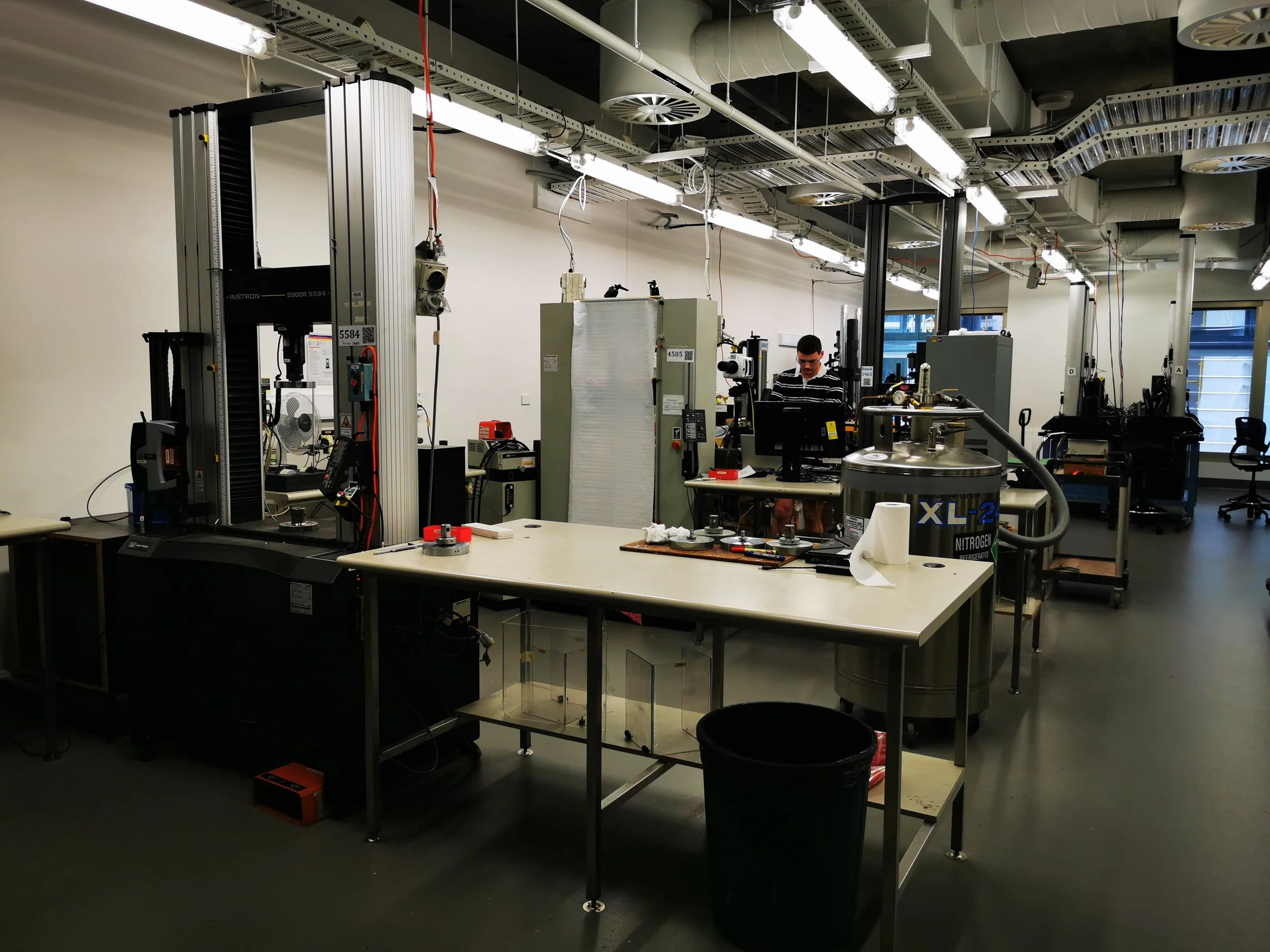Laboratory Testing of Rock Properties: Challenges and Opportunities
Zhongwei Chen, Associate Professor, The School of Mechanical & Mining Engineering, The University of Queensland
Geotechnical laboratory testing services are a cornerstone in geotechnical design and for remedial design post failure and further investigation. The laboratory results provide essential data on rock characteristics, guiding decisions from site assessment to operational planning and closure. This article will present some personal views of the challenges and opportunities associated with rock testing, crucially relevant to Australia’s mineral and energy resources sectors.
Australia has been at the forefront of adhering strictly to testing standards, which has contributed to the excellent global reputation of the Australian mineral industry in safety record and innovative practices. However, in the past 15 years of experiences, I have gained some insights that are worth sharing.
What are routinely tested?
Geotechnical laboratory testing in mineral and energy resources applications typically involves determination of a range of parameters, including deformability parameters (e.g., elastic modulus and Poisson’s ratio), tensile strength, compressive strengths, shear strength, and slake durability.
The selection of parameters for testing is contingent on specific needs. For example, UCS testing may be vital for drilling assessment, underground excavation stability analysis, or seismic risk evaluation; the shear strength testing of rock joints is important for structure-controlled stability assessment (e.g. slope stability) or rock caving analysis.
What are the key challenges in geotechnical laboratory testing?
The primary challenges and uncertainties associated with geotechnical laboratory testing revolve around sample availability and preparation. Some examples are:
Making standard samples, e.g., length to diameter ratio is ≥2.0 as suggested by ISRM, ATSM, or AS, is often challenging, particularly for poor sample recovery in weak ground. The correction of the results from non-standard samples is not consistently implemented in practical applications, and in some instances, such laboratory results was excluded, thereby restricting the use of potentially valuable laboratory data.
The use of different core sizes (e.g. PQ, HQ, and NQ) would require correction of the lab testing results for comparability. However, it is unclear if such practice has been applied consistently. Additionally, mismatches between core sizes and the specimens chamber dimension of the triaxial cell (e.g., HQ cores to fit 54 mm in diameter cell) may occasionally require re-coring, potentially compromising core integrity and test reliability.
Multistage triaxial testing is gaining popularity due to its ability to generate a curve from a single sample, a process that conventionally needs four samples. While this method was initially intended for situations lacking sufficient number of samples for conducting conventional triaxial strength testing, the criteria for moving from one loading stage to another is very challenging to implement, leading to significant uncertainties in the results. It is not uncommon to see multistage results that lack engineering coherence. The multistage triaxial results would need more detailed review and assessment before incorporating them into any engineering designs.
What are the key challenges in data utilisation?
Several challenges affect the effective utilisation of geotechnical laboratory data, such as:
Geotechnical laboratory tests are usually performed on small samples, whilst real-world applications are typically in kilometre scale or at least in the tens of meters scale for a Representative Elementary Volume (REV) of rock mass. There does not appear to be a widely accepted practice for upscaling the laboratory data to field scale and using the laboratory data as benchmark input when conducting numerical modelling, leading to varying levels of laboratory data utilisation in specific applications. Exploring the correlation between the measured laboratory data and actual input data through history matching for each specific geological conditions could yield useful insights.
Although geophysical logging is commonly conducted in exploration borehole in sedimentary rock deposits, the current integration of this valuable dataset with laboratory data at the moment relies mainly on sonic data, used for predicting rock UCS or other mechanical preparties. Based on my personal observations, integrating lab data with other logging parameters (such as density, porosity, gamma ray) for better estimating rock properties is not yet widely practiced.
Sharing data across companies or with the public sectors is becoming progressively challenging, which has caused some unfavourable impact on the knowledge expansion of the industry. There is an evident mutual benefit from sharing non-sensitive data to maximize its use and at the same gain valuable information from other adjacent site or fields. Thoughts on the potential solutions will be touched next.
Where are the opportunities?
Addressing these challenges presents exciting opportunities for advancement in geotechnical practices that we all share and are proud of. Some immediate opportunities are:
Implement standardized training program for new geotechnical practitioners to ensure they acquire comprehensive skills in collecting, analysing, and utilising of the lab data for their relevant designs.
Enhance utilisation of the geotechnical and geophysical data by developing additional skills and tools. Training practitioners on geophysical data use, data analytics or machine learning would be beneficial for the long-term talent and expertise development. Meanwhile, developing simple-to-use tools for data integration and real-time analysis would be a good way of addressing such demand.
Data sharing offers clear advantages for all stakeholders, when a means of collecting, synthesising and providing feedback can be defined and implemented. However, implementing data sharing poses challenges as it is not within the discretion of individual geotechnical engineers to determine what to share and with whom. Nonetheless, we can learn from successful existing practices in Queensland, such as the GeoResGlobe platform for sharing the borehole data and the AuScope initiative for Geoscience data management.
Conclusion
While the mineral and resources industry in Australia has been performing exceptionally well in geotechnical laboratory testing and data utilisation, proactive measures and collaborative efforts can further enhance the practices, knowledge sharing, and more robust geotechnical solutions that benefit all stakeholders.

